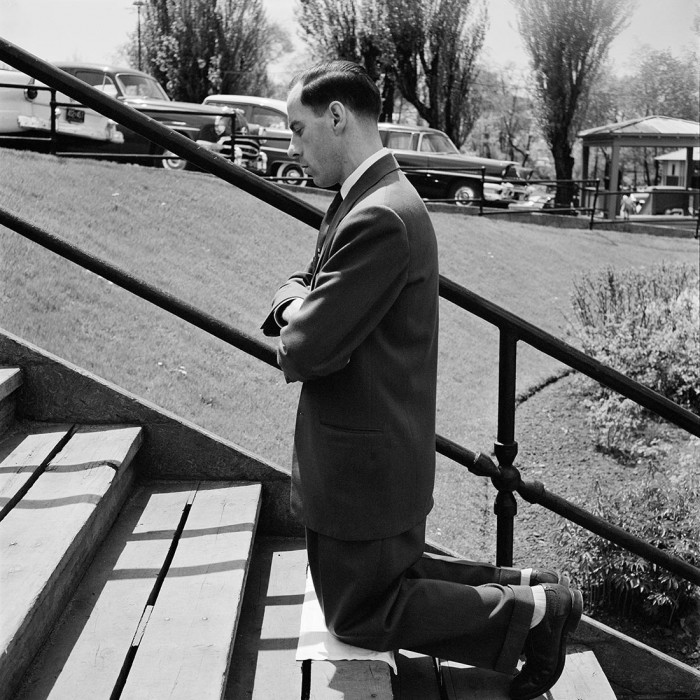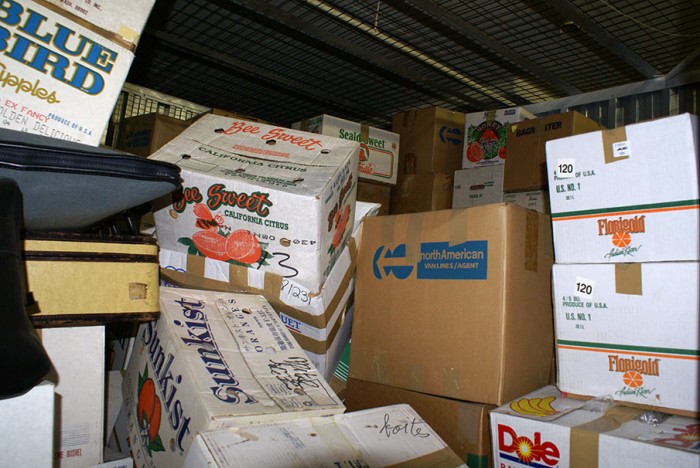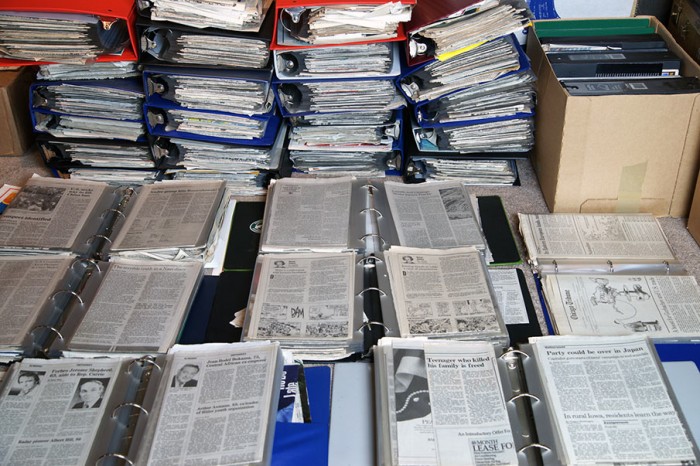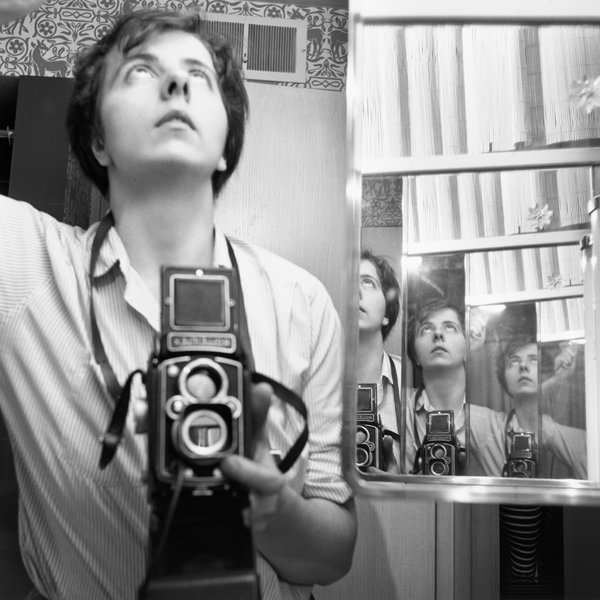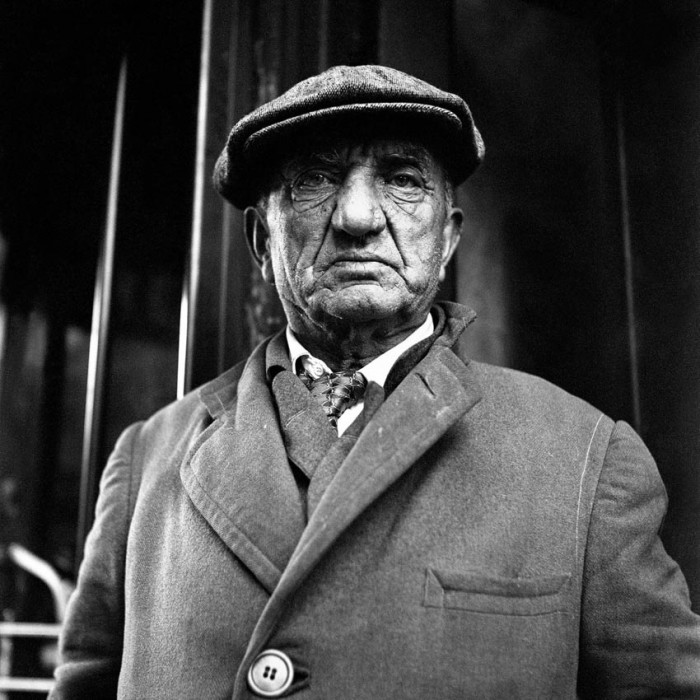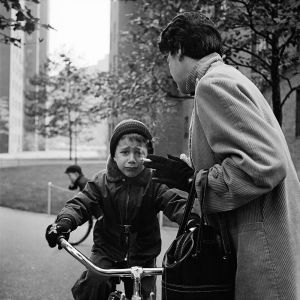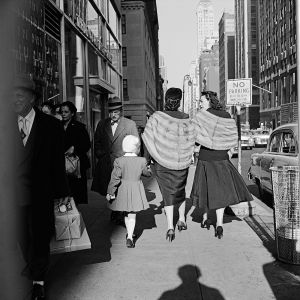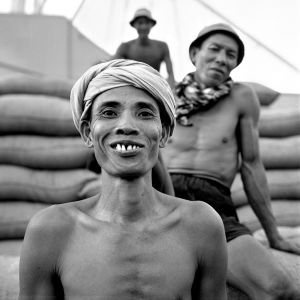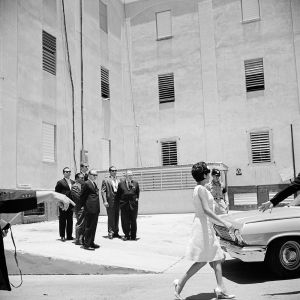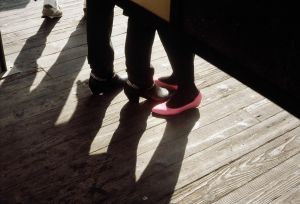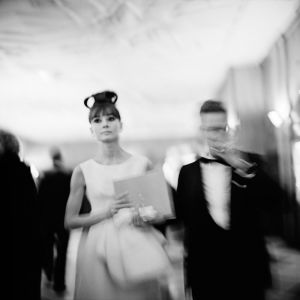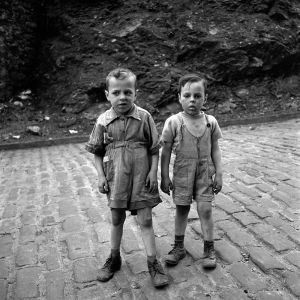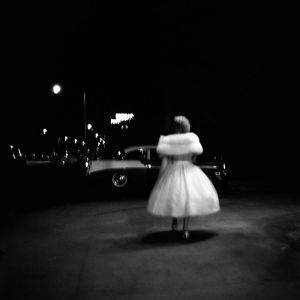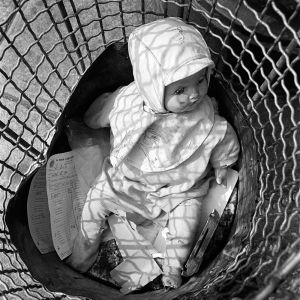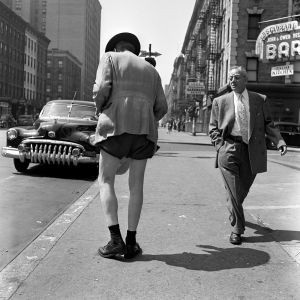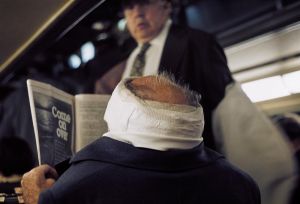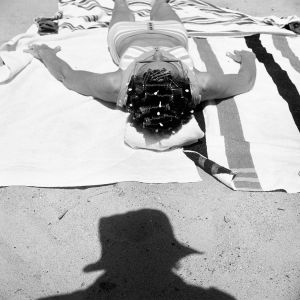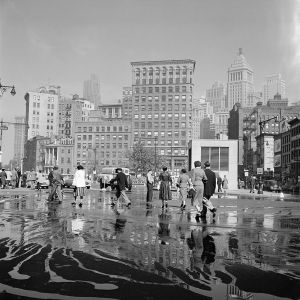Today’s post is a little different to my normal sharing of images that I have shot in and around Montréal.
As a fan of street photography, I was thrilled to receive an invite to Tuesday’s press screening at Cinema du Parc of John Maloof and Charlie Siskel’s documentary “Finding Vivian Maier“.
You may already be aware of some of Maier’s images that in recent years have made her one of the top photographers of the 20th century, but Maloof’s documentary goes well beyond exposing some never before seen images.
Vivian Dorothea Maier was born in New York on February 1, 1926 and worked for 40 years as a nanny. Although those that were acquainted with her during her long life (she died on April 21, 2009) knew that she took photographs, none were aware just how prolific or talented a photographer she had been.
The documentary follows Maloof as he tries to unravel the mystery behind Maier. In this respect, the film has an interesting background theme that begins with Maloof’s initial discovery of a box of negatives in 2007 at a local auction that he purchased while researching for a history book on Chicago which he was co-authoring.
Maloof was initialy disappointed in his purchase as it didn’t contain exactly what he was in search of for his book, but the quality and subject matter of the images made him want to find out more about the person behind the camera and led him to purchase more boxes that had been purchased by others at the same auction.
He was able to find that the photographs were by a woman called Vivian Maier, but there was little to no information on the web about a photographer with that name. And so, having discovered a few telephone numbers in the boxes he had purchased, he began calling to see if anyone knew a person called Maier…That’s when he discovered that she had been a nanny.
His dogged pursuit for answers led John to interview over 100 people who had known Vivian and the documentary includes candid interviews that portray Maier as a very private person, and in some cases reveal a darker side to her nature. Many speak of her obsession in hoarding newspapers and begs the question did she suffer from OCD, depression or anxiety.
Maier’s life is a truly fascinating story and still leaves us wondering, why did she take so many photographs which she appeared to have no interest in sharing with others. The only time it appears that she was open to having her work made public was in a letter she wrote to a printer in France whose quality she had admired from some postcards he had printed for her in the past.
Some question whether it is right for Maloof to make her work public when it appears she herself was not looking to make it so during her lifetime. When social media and the internet make it so easy for anyone to share images with such ease, would Vivian have been more open in sharing her work today? I’m not sure anyone can answer that question, maybe she would have done so, but behind an alias so as to remain invisible. One thing though is certain, if she had been open to sharing her work on social media, she would have kicked serious ass in the ‘selfie’ category.
Maloof discovered so many Maier selfies that he published a book “Vivian Maier Self-Portrait” which is available on Amazon.
It is often said that street photographer’s are observers of human nature, prefering to stay in the “shadows” and not be seen. Many of Maier’s images I have seen certainly have the observer style, but there are also many ‘in-the-face’ images, so she was obviously not affraid to approach people to take their photograph.
Maier shot with a Rolleiflex which allowed her eye contact with subjects probably without the subject knowing they were having their picture taken. The low angles often produced very powerful images. I particularly like this one…
Maloof is now in posession of over 100,000 negatives, more than 3,000 prints, hundreds of undeveloped rolls of film, home movies, audio tape recordings and other personal effects. I’m thankful that her work fell into the hands of someone as passionate as Maloof and that her work is being made public, and with rolls of film still yet to be developed, more great images are sure to be awaiting discovery.
While much of her work documents everyday life in Chicago and New York, the fact Vivian travelled extensively (including Canada, Asia, India, Yemen, Egypt and Europe) her images include a diversity of cultures in addition to the variety of subject matter she focussed her camera on.
For a glimpse into Maier’s stunning imagery, there are numerous galleries over on Maloof’s Vivian Maier website.
But before you do, I will share a handful of my personal favorites.
I came across the following image on the Vivian Maier website and it made me wonder if this was taken at Saint Joseph’s Oratory. If you visit the portfolio pages on the Maier site you will see a few pictures shot in Canada, including Quebec city, but I haven’t been able to find out if she visited Montreal. Would be great if she did and to see her vision of Montreal – much like seeing the Henri Cartier-Bresson images he shot while he was here in 1965.
Finding Vivian Maier is already showing across the USA, but in Montréal you can get to see the film – and you should – when it releases on May 9.
Here’s the trailer…
Finally, and something I really found interesting, is that Maloof’s discovery led him to take up photography himself. I believe he is even shooting with a Rolleiflex, maybe one of Vivians 😉
I hope you enjoyed this little digression. I’m certainly no film critic, but if you are a photographer and, like me, enjoy street photography together with a little detective mystery thrown in, Finding Vivian Maier is a must see !
Thanks for stopping by. Until next time.
– Martin
Montréal in Pictures
Your virtual guide in and around Montréal
